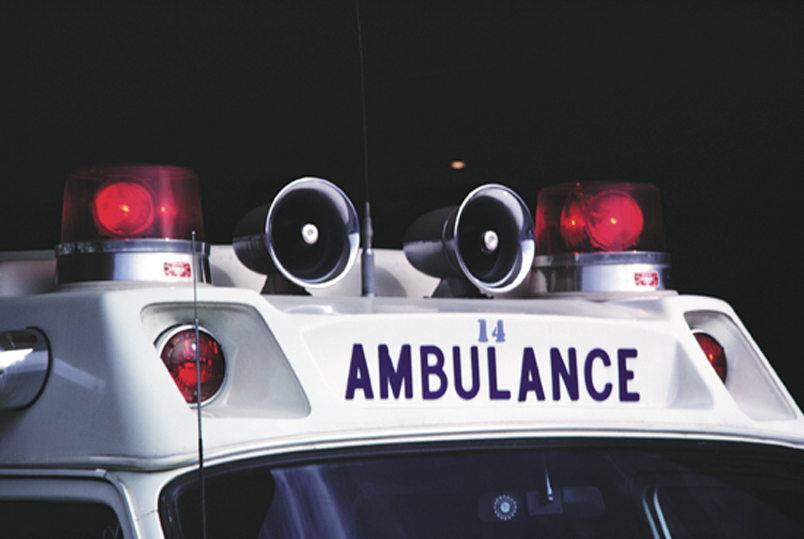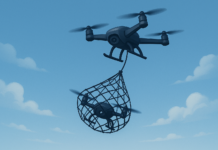This post is also available in:
 עברית (Hebrew)
עברית (Hebrew)
The Internet of Things (IoT) will be able to contribute to emergency life-saving missions (IoLST). Emergency medical services (EMS) personnel in the US soon may leverage information from myriad medical devices and reliable broadband connectivity from FirstNet (First Responder Network Authority) to provide better initial treatment to patients, as well as unprecedented situational awareness to others in the healthcare ecosystem.
Such capabilities could save many lives, in part because they promise to compress the time it takes to move a critically injured patient from the scene of an emergency incident to an operating room.
Often referenced as the “golden hour,” the actual time can vary with the injury suffered, but there is no doubt that delays can be the difference between a patient’s life and death.
Thanks to technological advances, automatic crash notification systems not only can alert 911 immediately that a crash has occurred, it can provide sensor data about the number of passengers in the vehicle, the type of crash and the likelihood of severe injuries. Policies can be established to either have helicopters prepare or actually deploy to a scene, based on this data.
Once on the scene, technology can help EMS personnel work much more efficiently than today, says FirstNet board member Kevin McGinnis. Currently, it takes EMS personnel 6-10 minutes to get out an ambulance, assess a patient, collect vital signs, write down the results and call a doctor to discuss the findings.
“In the future, we’re going to look more like: Hop out of the ambulance, turn on a video cam, body cam or whatever, run some shot of the car and the patient into a database, start talking — through a throat mic — our medical report as we’re observing things, having the voice-to-text translation put that into a text file,” McGinnis said.
In the future, paramedics could collect vital signs quickly, especially as the U.S. Department of Homeland Security’s Science and Technology directorate hopes to commercialize next year a $5 or $10 matchbox-sized vital-sign monitor. A host of other health monitors recently introduced are about to be unveiled, and reliable FirstNet connectivity can enable more telemedical opportunities with doctors that are located remotely, he said.
In addition, a patient’s health records and recent health condition — especially if the patient uses a wearable fitness device — could be accessed, as well as video from the scene.
“In 60 to 90 seconds— not 6 to 10 minutes — every responder in the hospital and in the trauma center who is authorized can have access to what’s going on at that scene as they either go there or wait for things to unfold. Think about what that does for situational awareness and the common operating picture.”
Finally, in cases when speed is most important, there is a possibility of dispatching remote-controlled drones to provide medical assistance, McGinnis said.
“EMS has gone from being essentially a horizontal taxicab service in the pre-‘70s to becoming a real life-saving thing itself.”


























